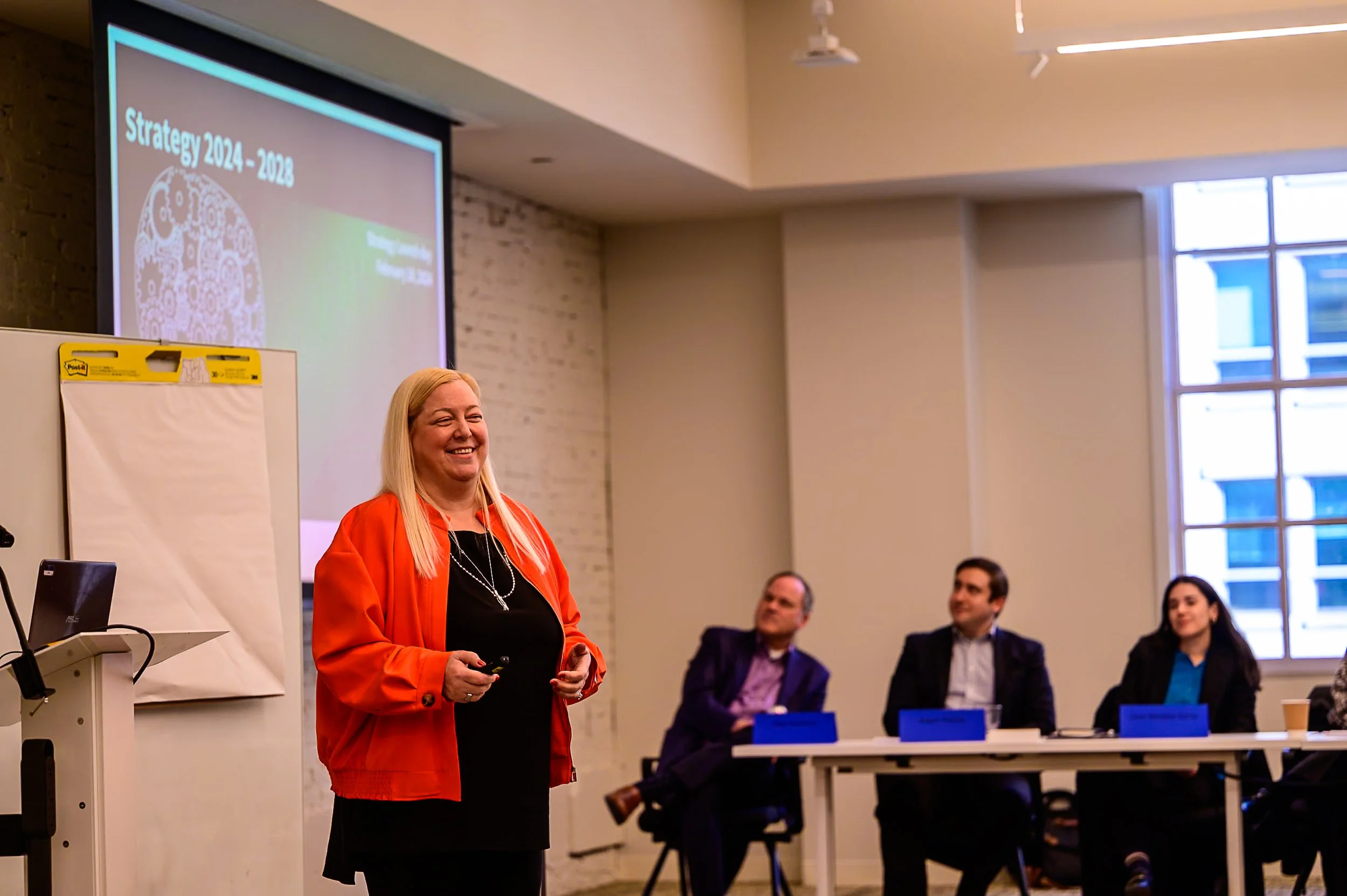
Using AI to Strengthen Local Jurisdictions Against Human Trafficking
Combating human trafficking requires sensitivity to the experiences of victims, whose trauma and fear can make identification and cooperation especially challenging. Significant resources and coordination must be managed across jurisdictions for law enforcement agencies and non-profit organizations to detect and investigate these complex crimes. Because of the significant resources and energy required, small and local jurisdictions often lack the capacity to identify, investigate, and prosecute these crimes.
Artificial intelligence (AI) is an emerging technology that can be used to close the gap between high-need human trafficking investigations and limited organization resources. The automation of facial recognition, crime scene identification, and the gathering and processing of online text using AI algorithms enables local investigators to identify leads quickly and focus their limited resources where they have the greatest impact in combatting trafficking.
Facial Recognition – Law enforcement can use AI-powered facial recognition tools to compare images of missing individuals or known trafficking victims with online content, such as Spotlight, a tool developed by an NGO team to identify child victims of trafficking. Spotlight uses facial recognition technology to scan online ads for sex and child exploitation, matching them with images of known missing children. When a child goes missing, their local agencies can use Spotlight to monitor these ads, generating faster leads and improving the likelihood of locating and rescuing victims
Crime Scene Identification – Local agencies can use AI to identify the scene of a crime. Hotels-50k is a dataset that contains over 1 million images from over 50,000 hotels worldwide. Investigators can compare images from trafficking cases against this dataset using AI to identify the hotel where the image was taken. By pinpointing the hotel where exploitation occurred, law enforcement can narrow investigations and act quickly to intervene in trafficking within their jurisdiction. For smaller jurisdictions, Hotels-50k offers a practical way to maximize limited resources without extensive technical infrastructure
Text Mining – Human trafficking investigations often require law enforcement to comb through vast amounts of online content, from surface-web classified ads to posts on encrypted platforms. AI-driven text mining tools like FlagIt and DIG (Domain-specific Insight Graphs) can automatically scan these ads to detect suspicious phrasing and terminology, recurring phone numbers or locations, or links between posts. The clustering of related content, identification of potential trafficking indicators, and flagging of specific posts can save investigators countless hours of manual review. Small jurisdictions with limited resources can monitor online activity on a larger scale and shorten the lead generation time
While AI is not a replacement for the expertise and dedication of law enforcement in a crime as sensitive as human trafficking, it can serve as a force multiplier. As traffickers continuously adapt their nefarious methods, AI allows agencies to focus their energy on countering trafficking networks. By implementing AI tools for facial recognition, crime scene identification, and text mining, local jurisdictions can maximize their limited resources and uncover patterns that allow them to act quicker.




















